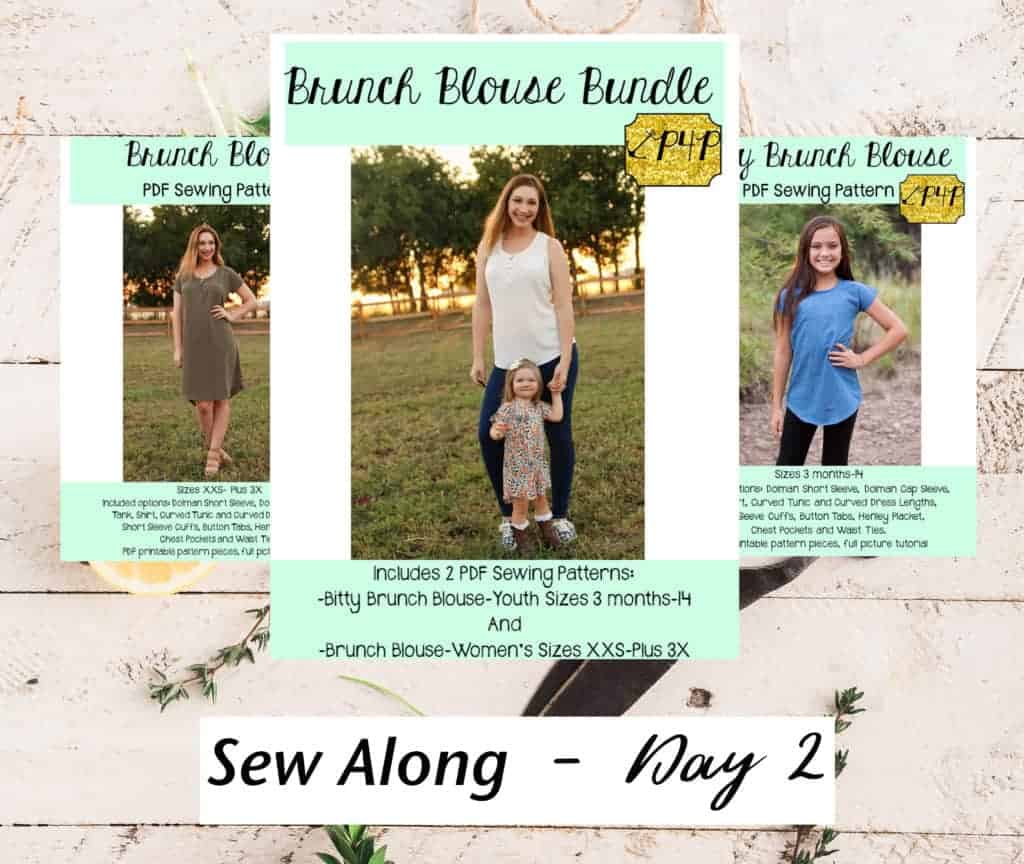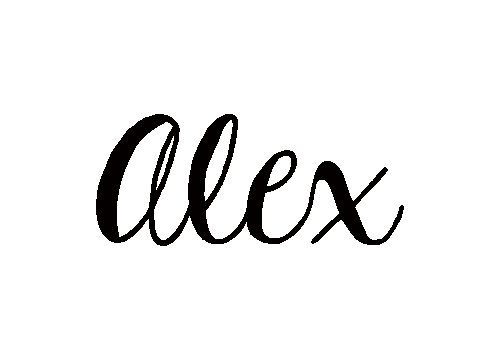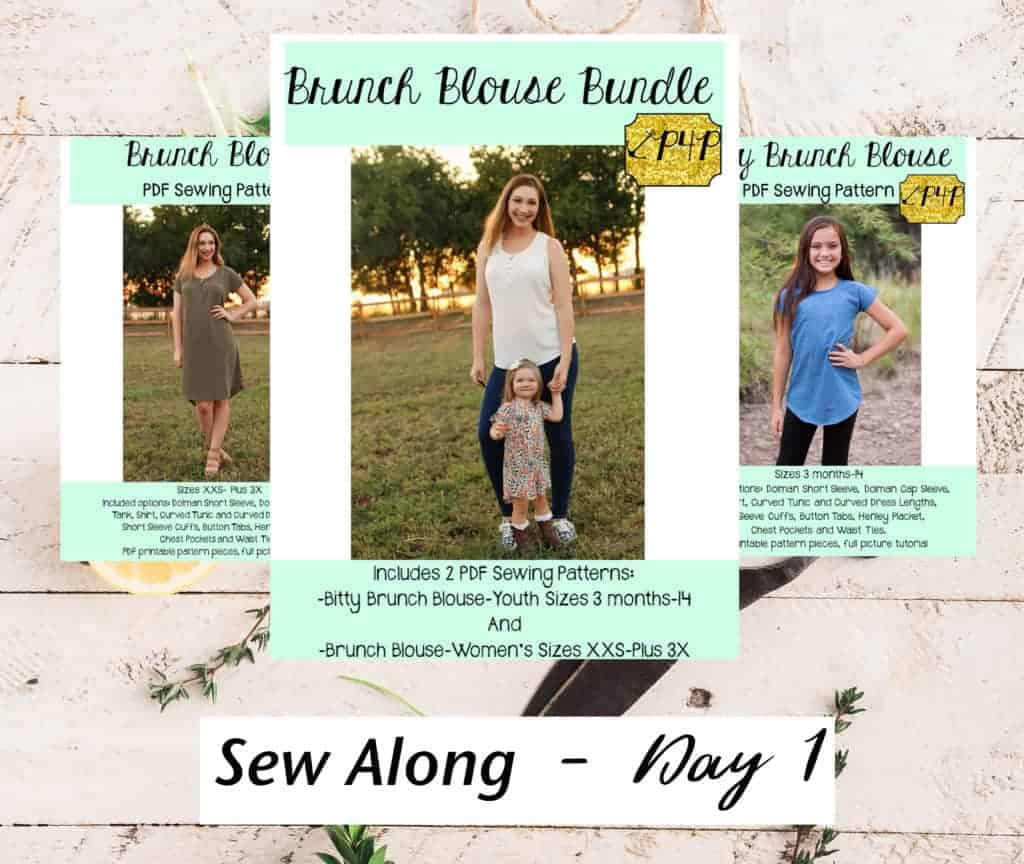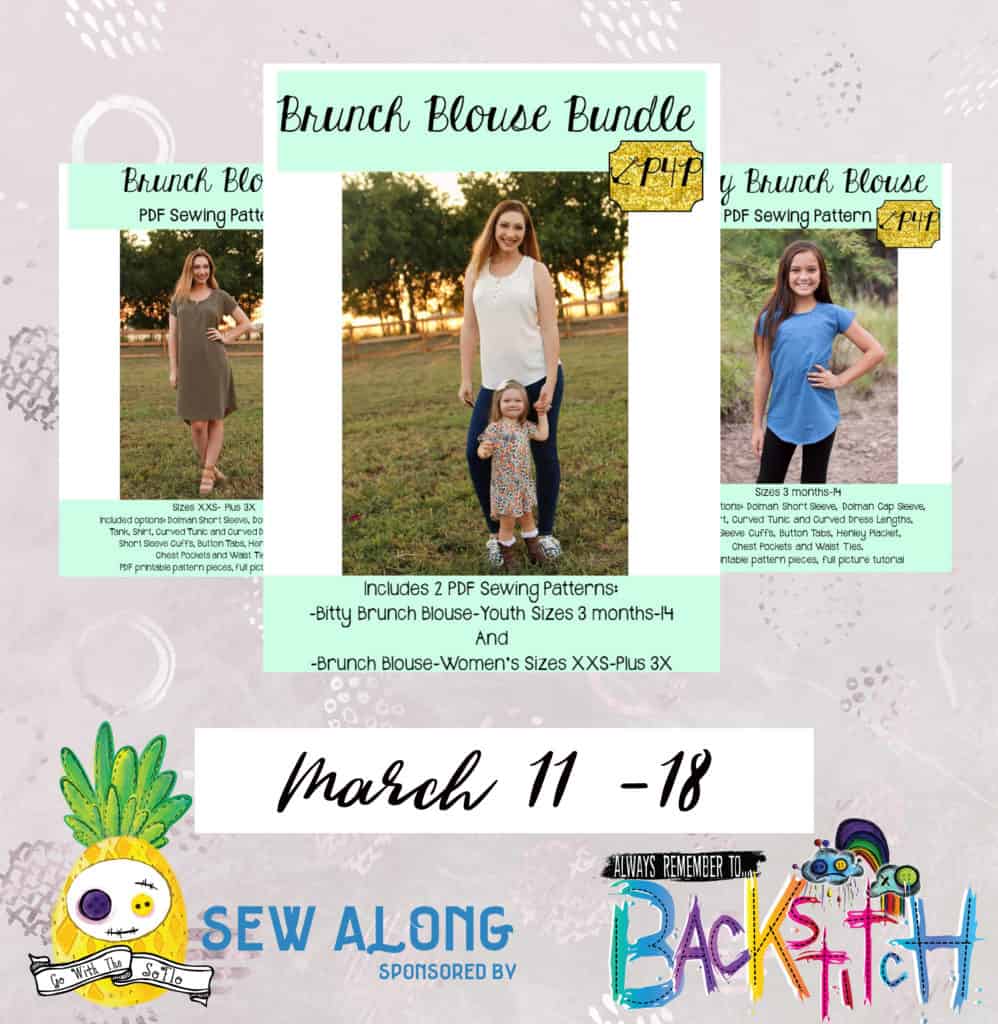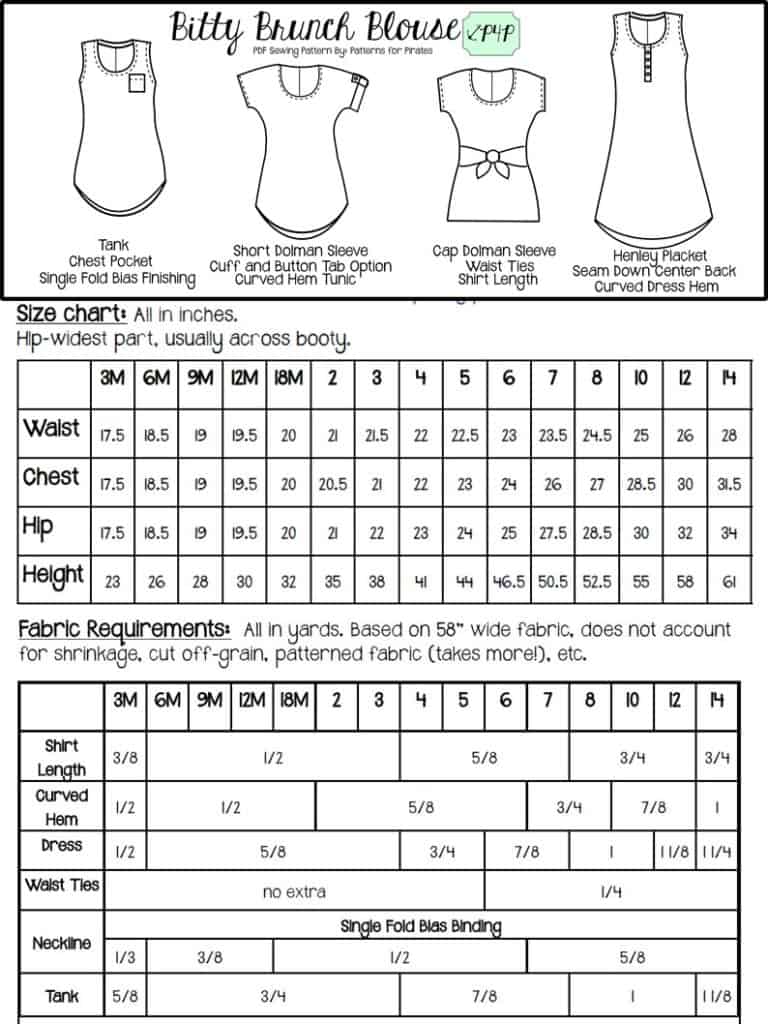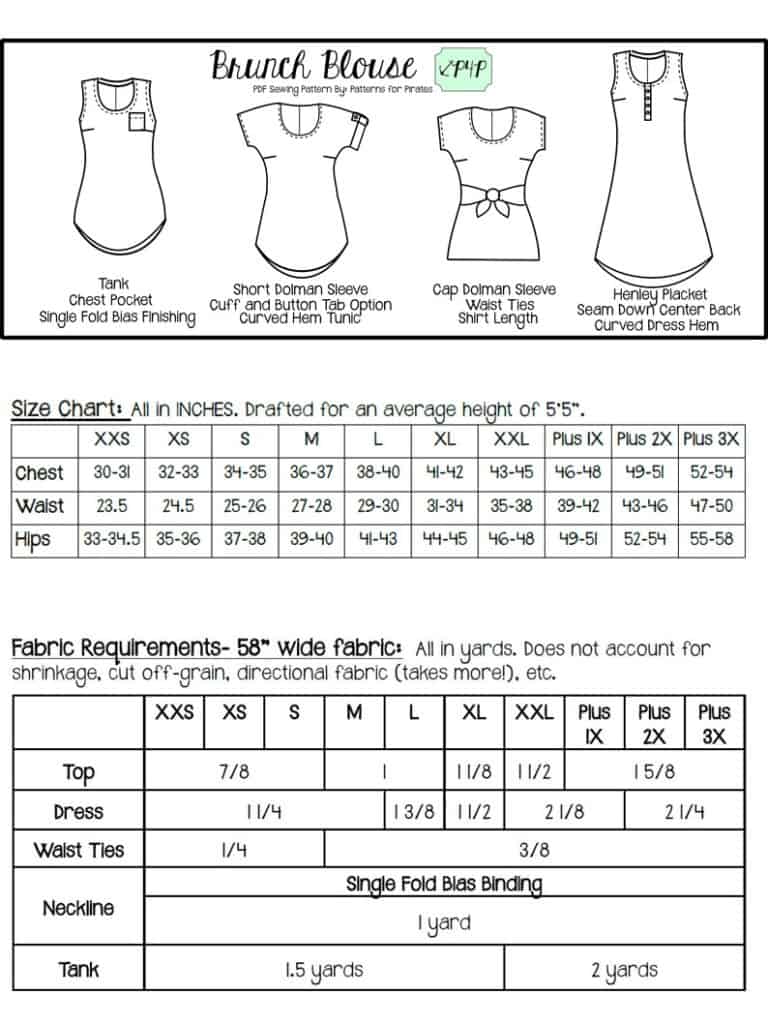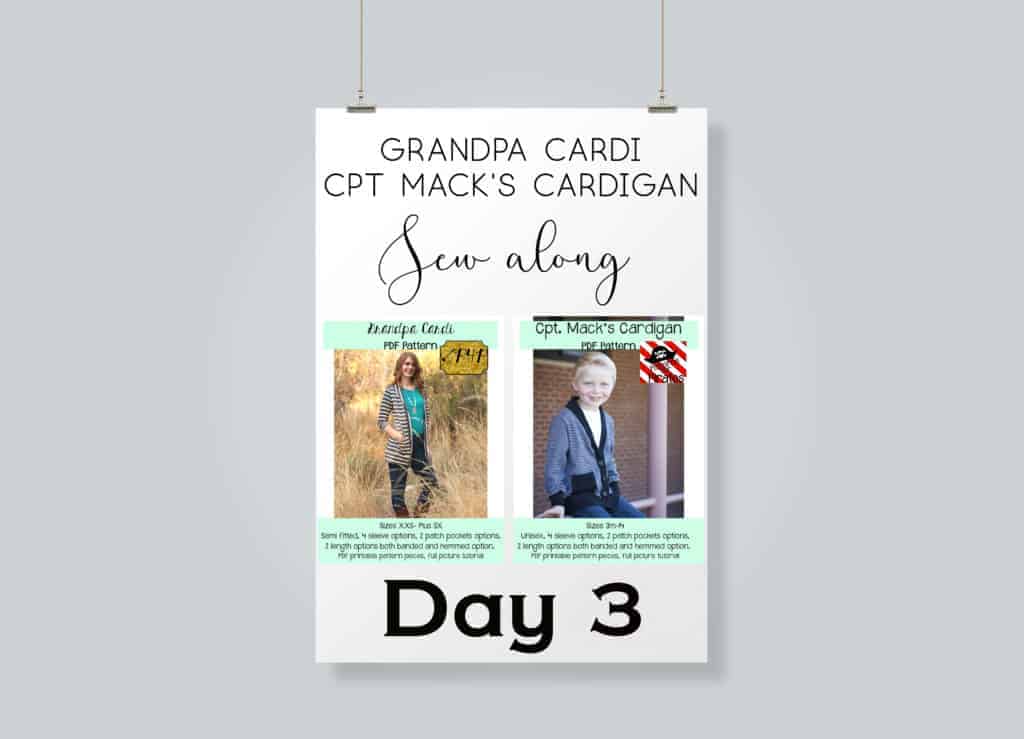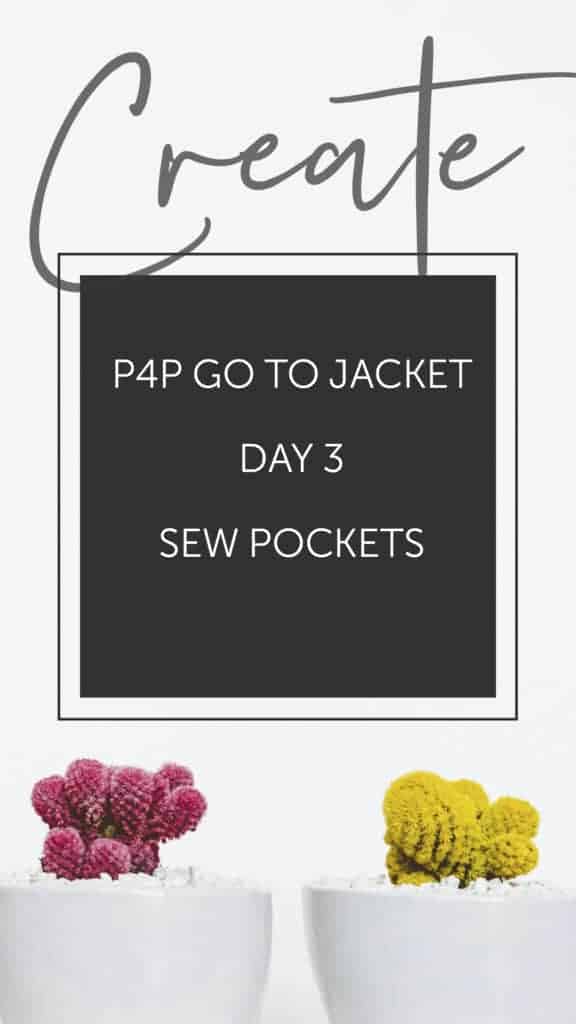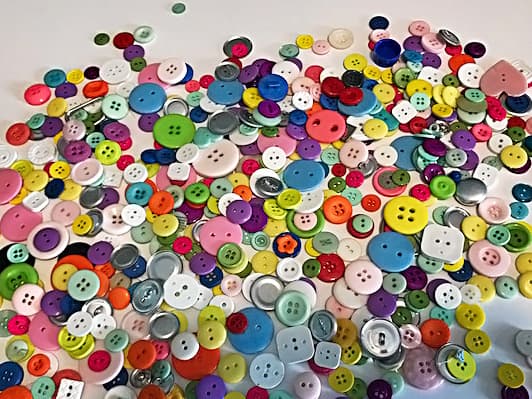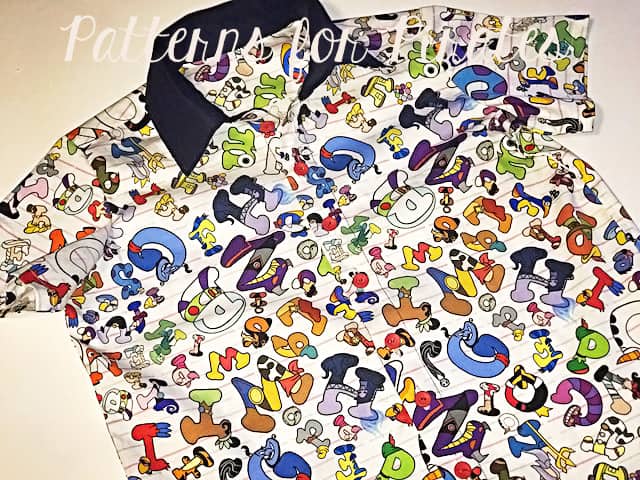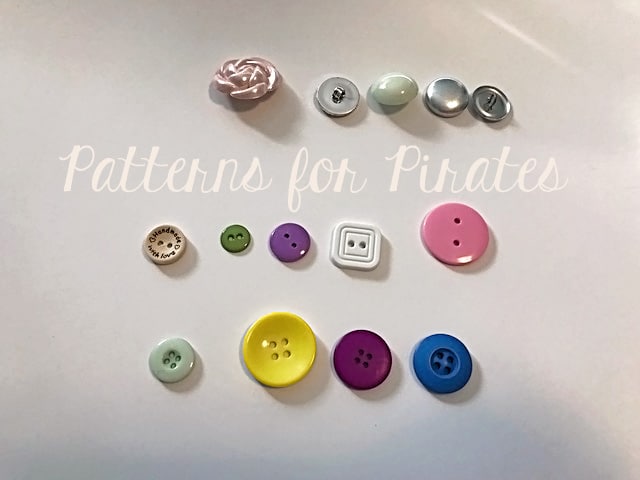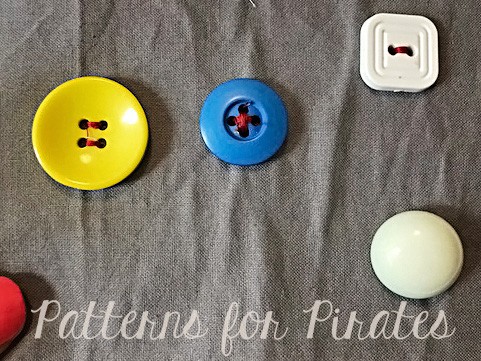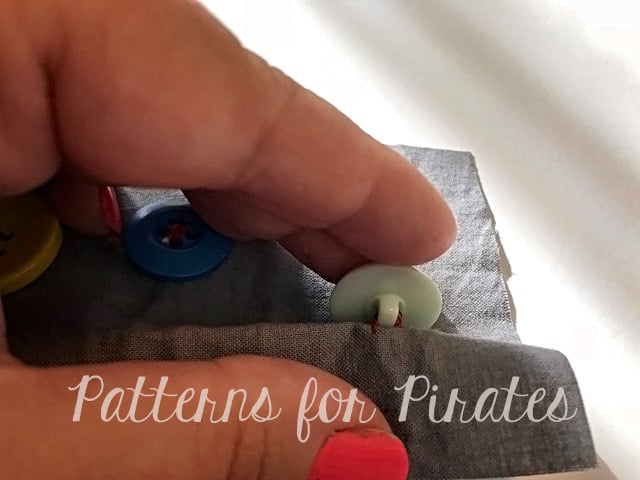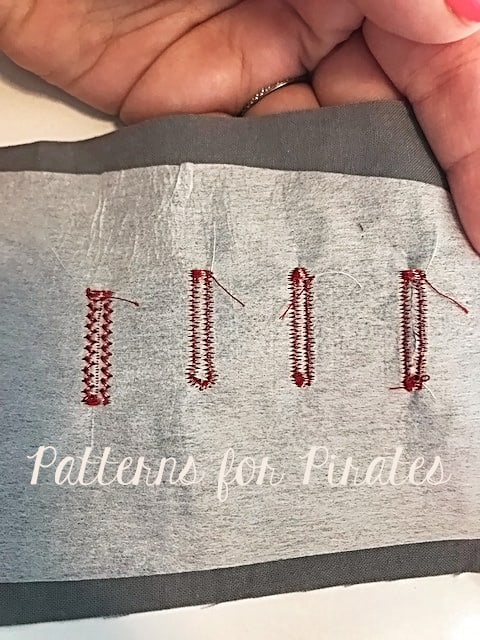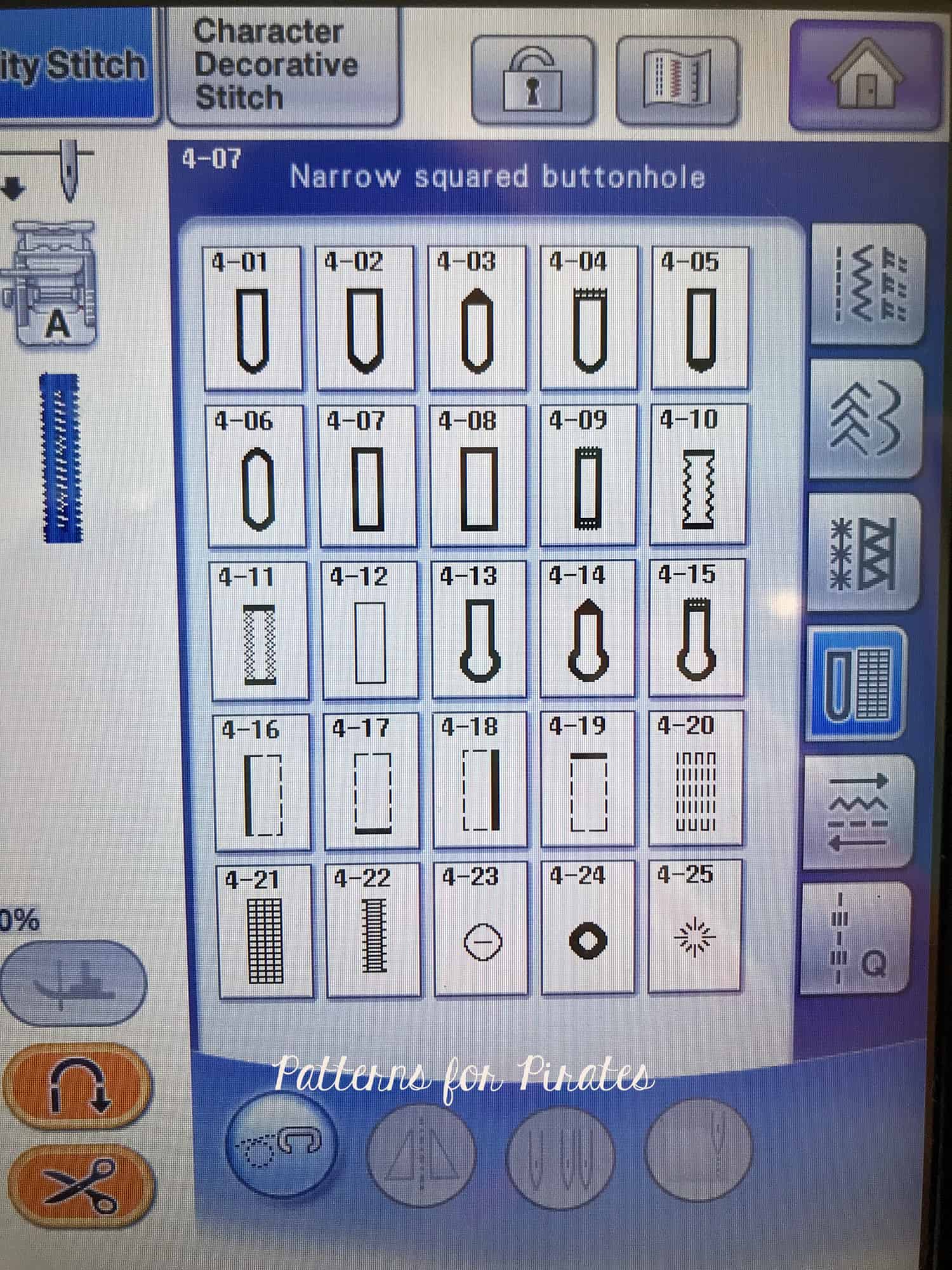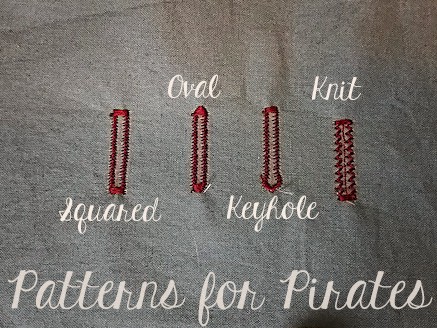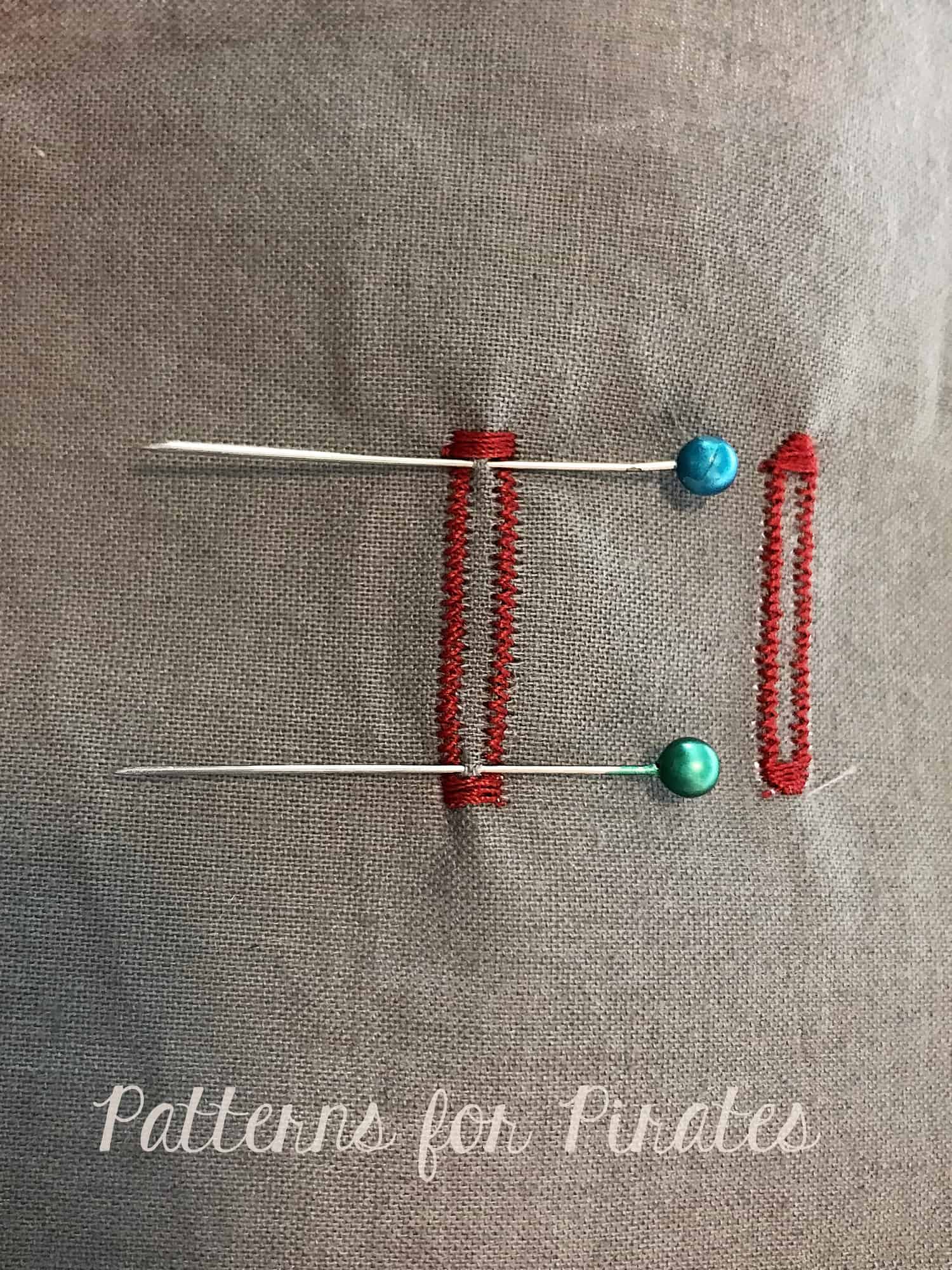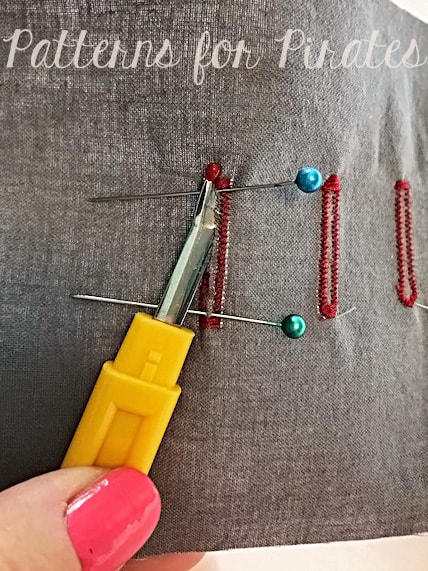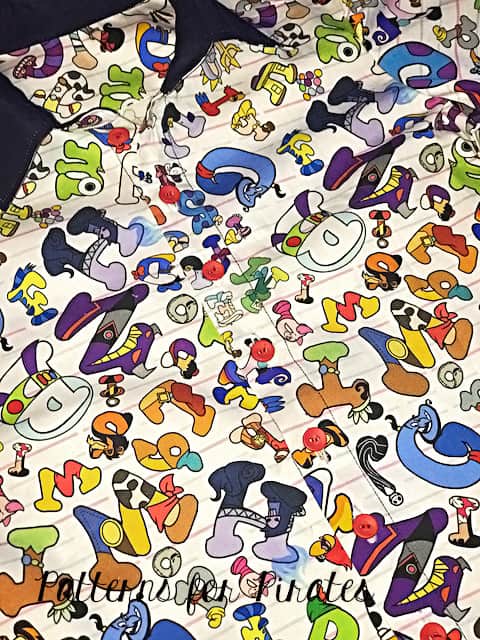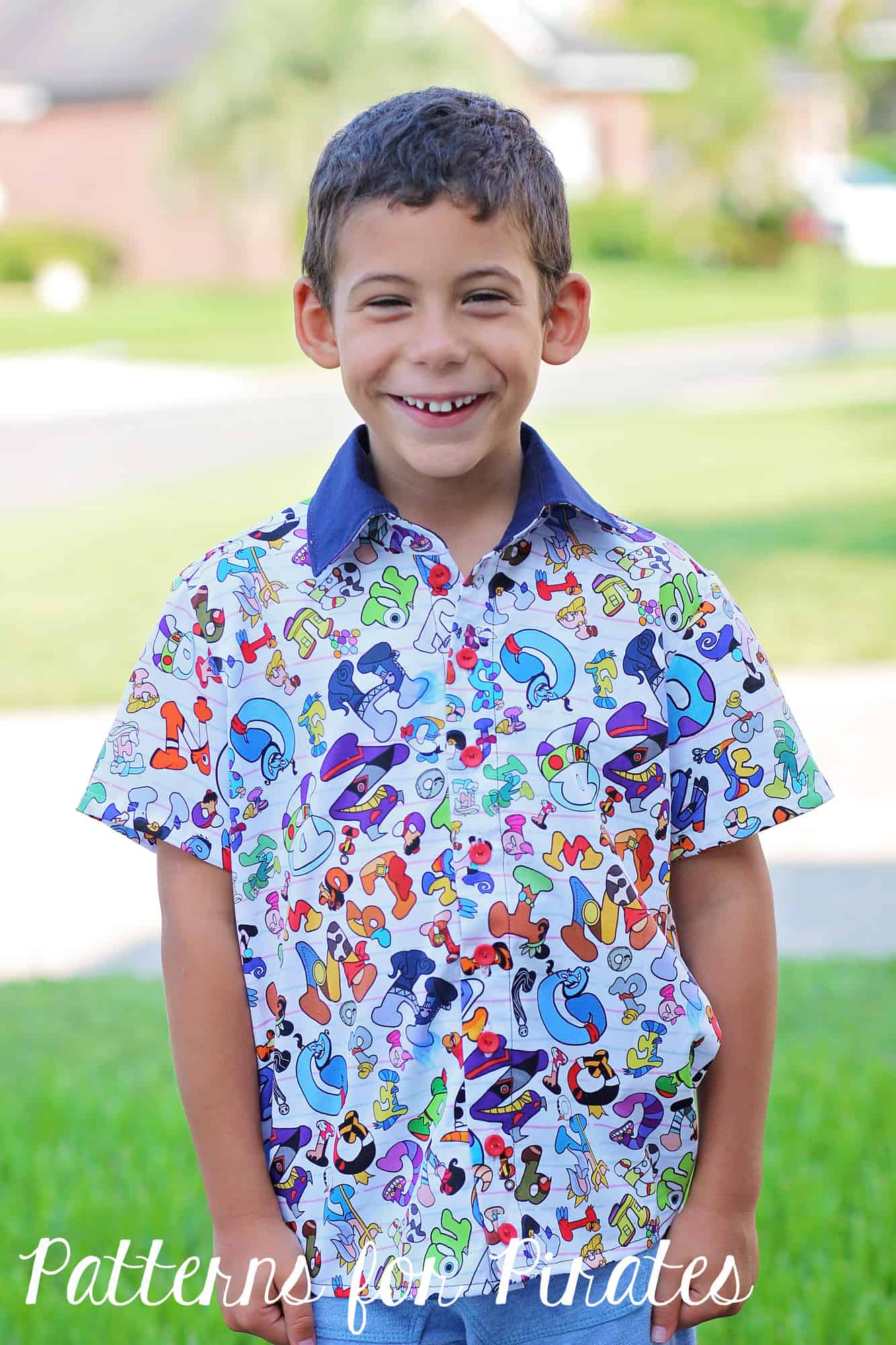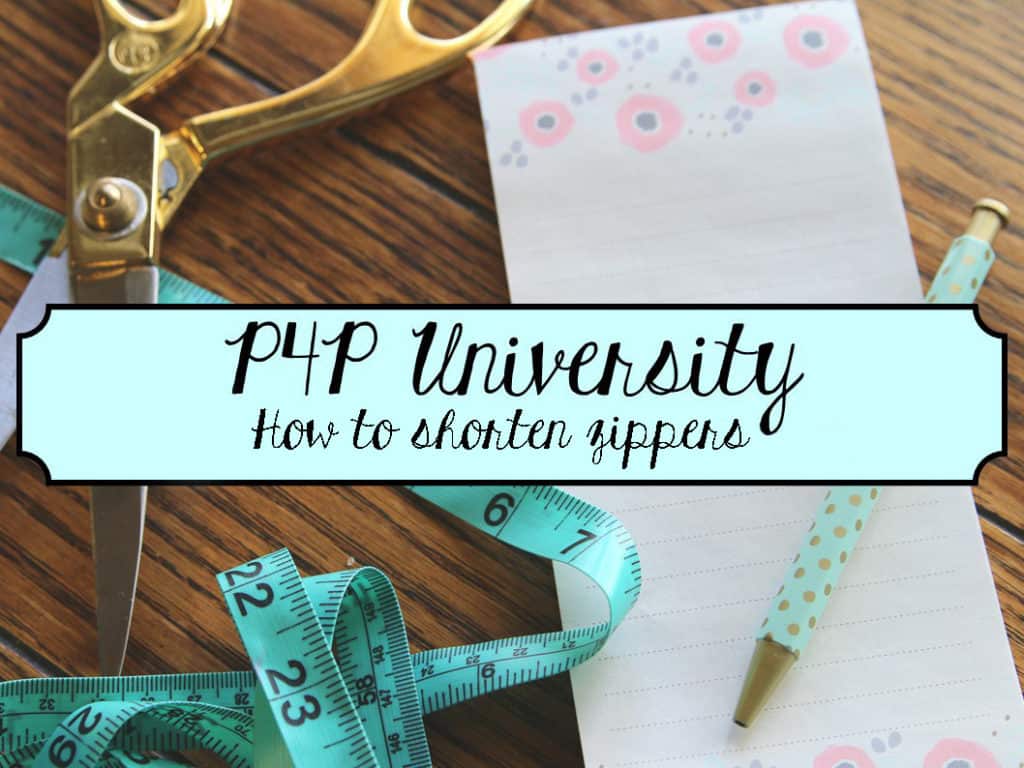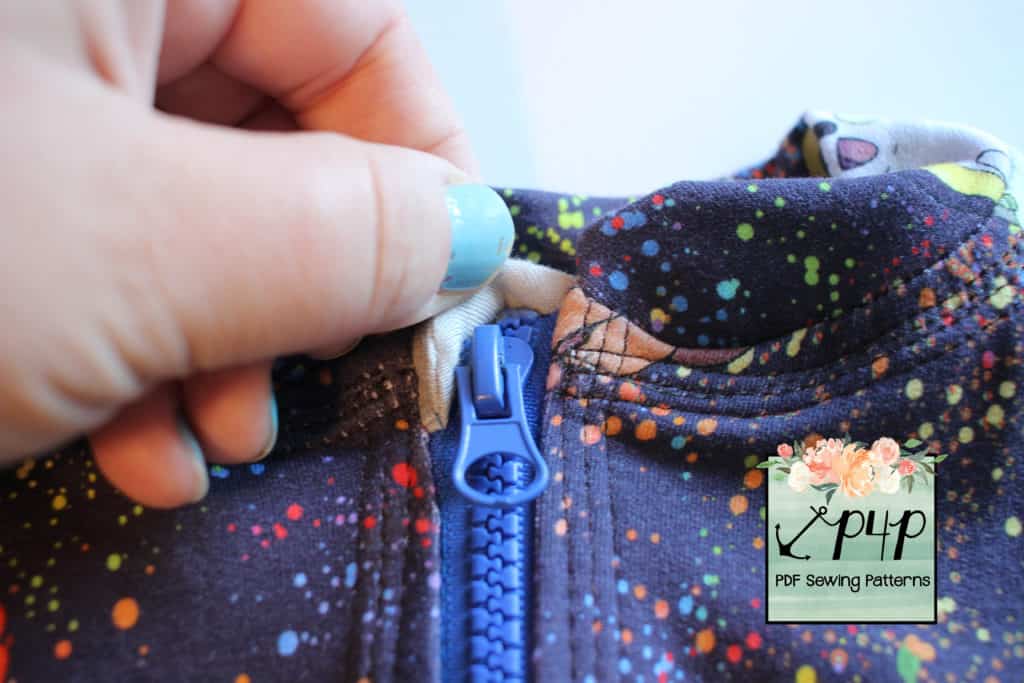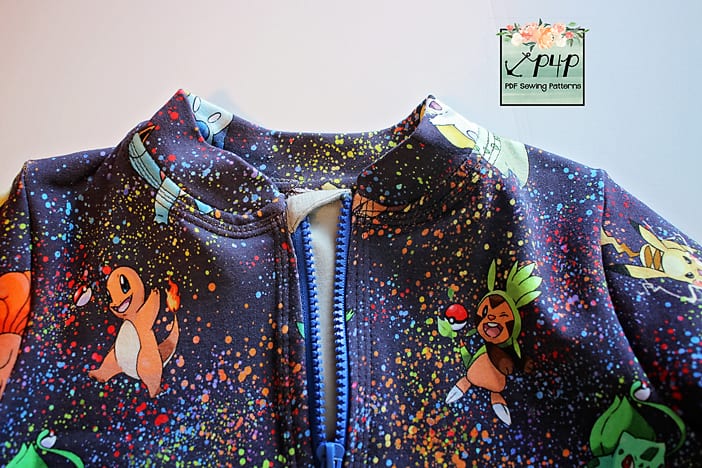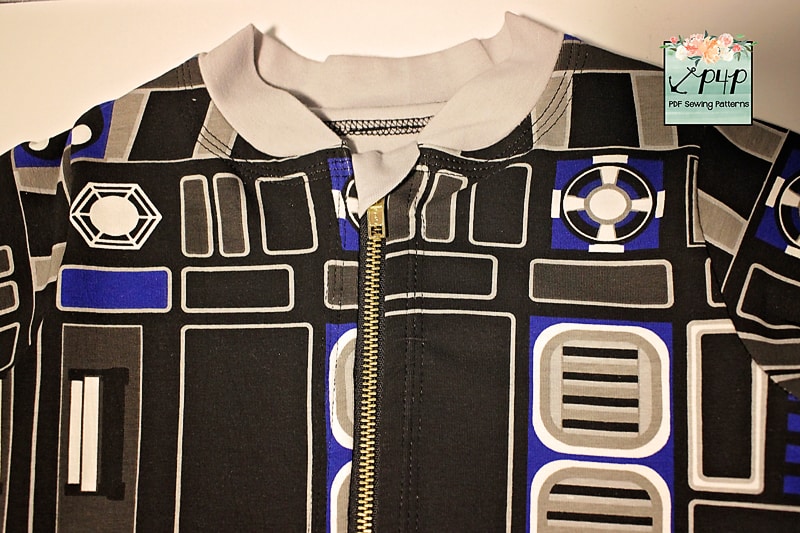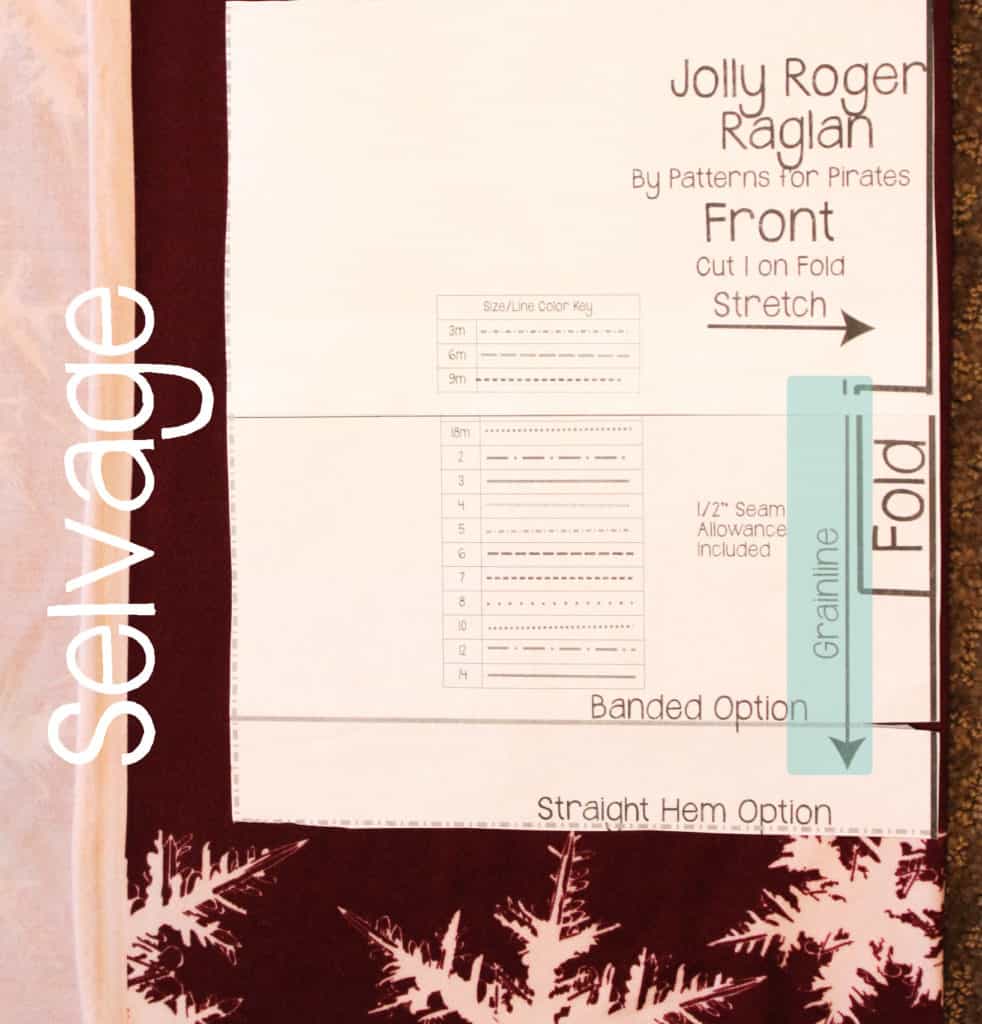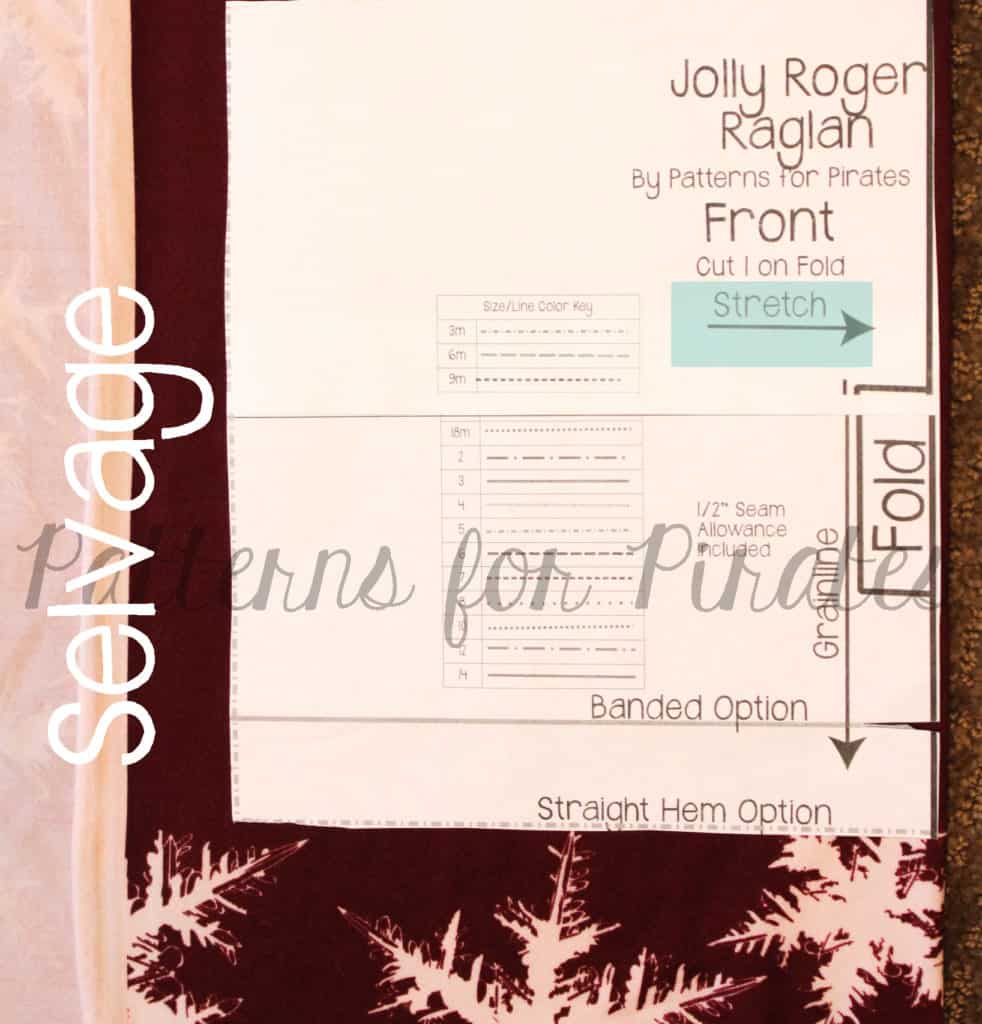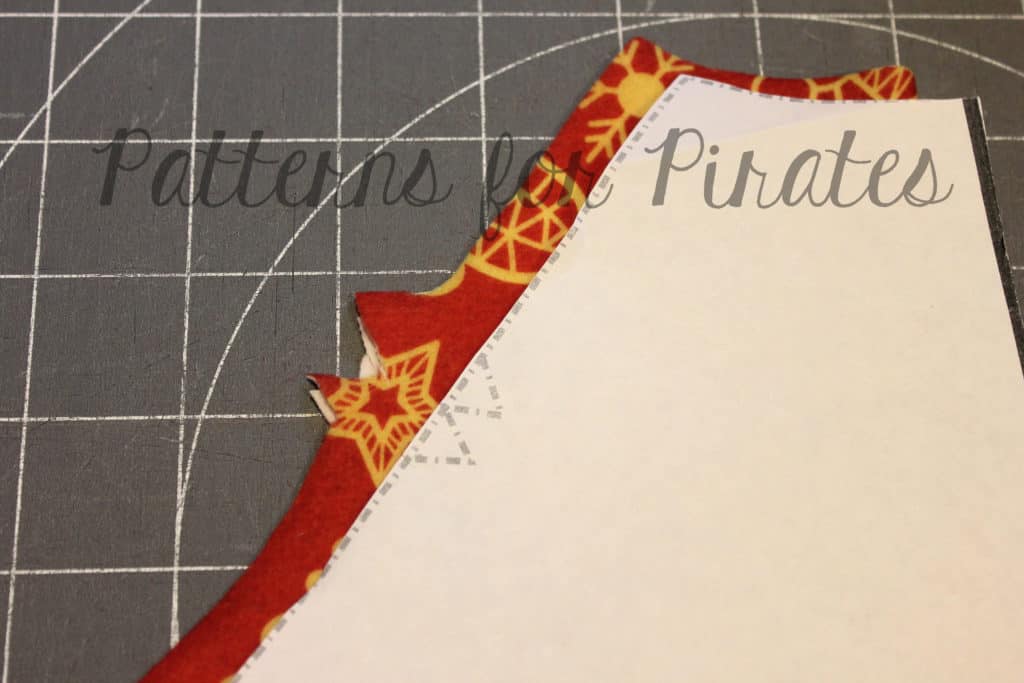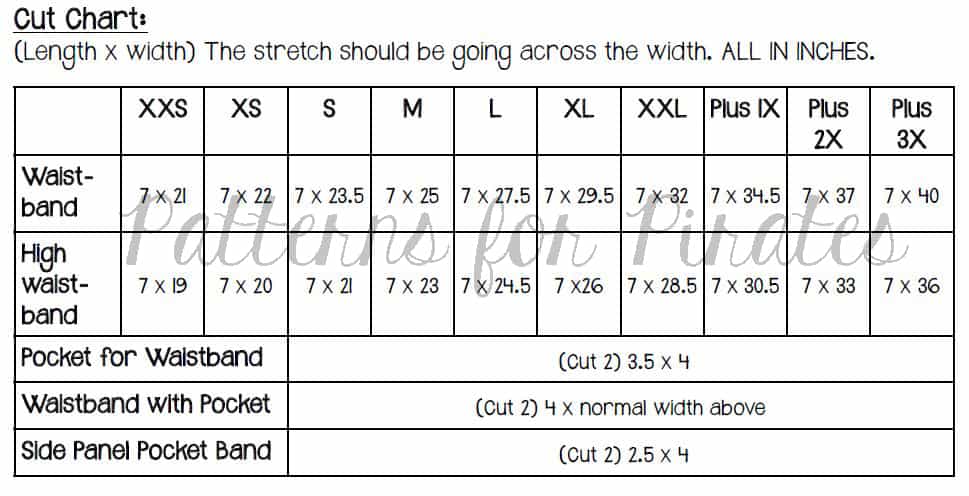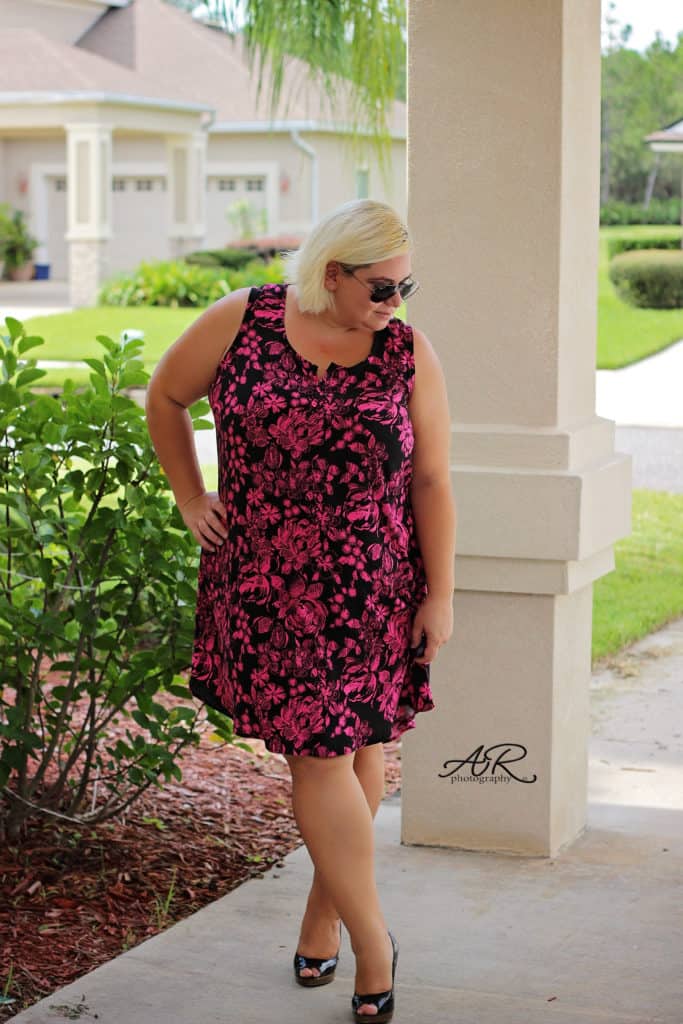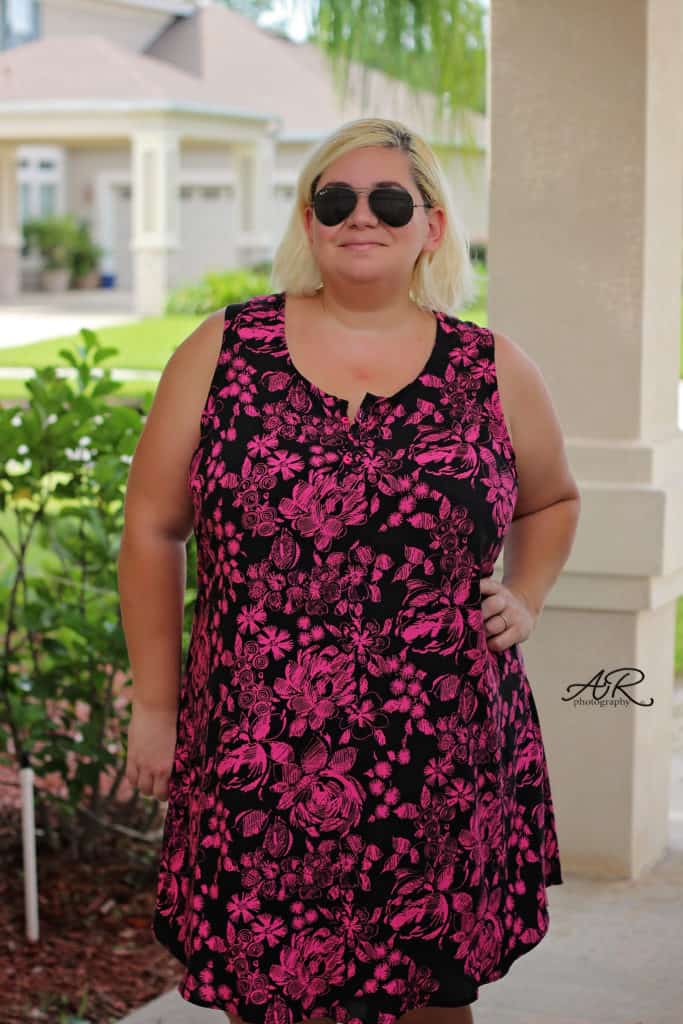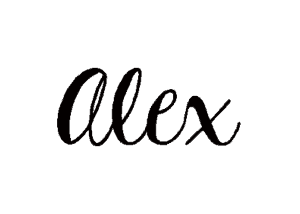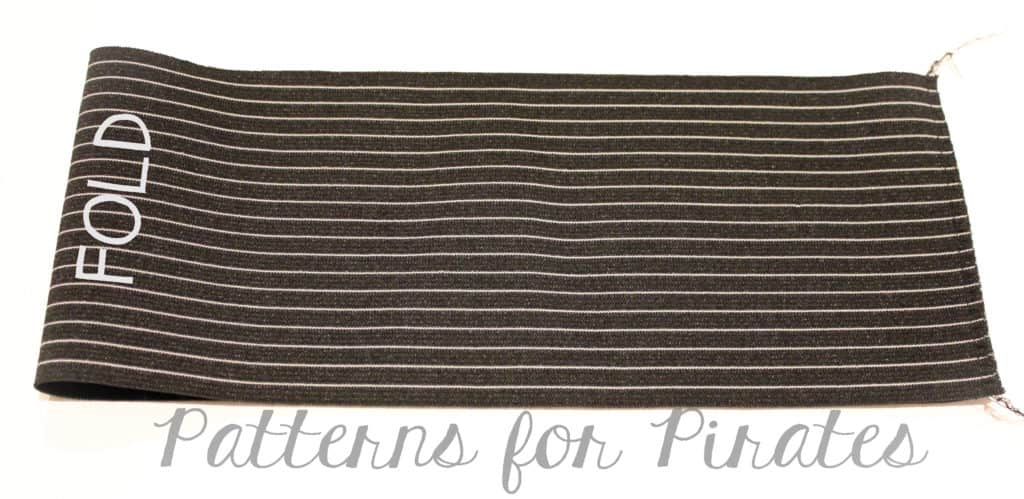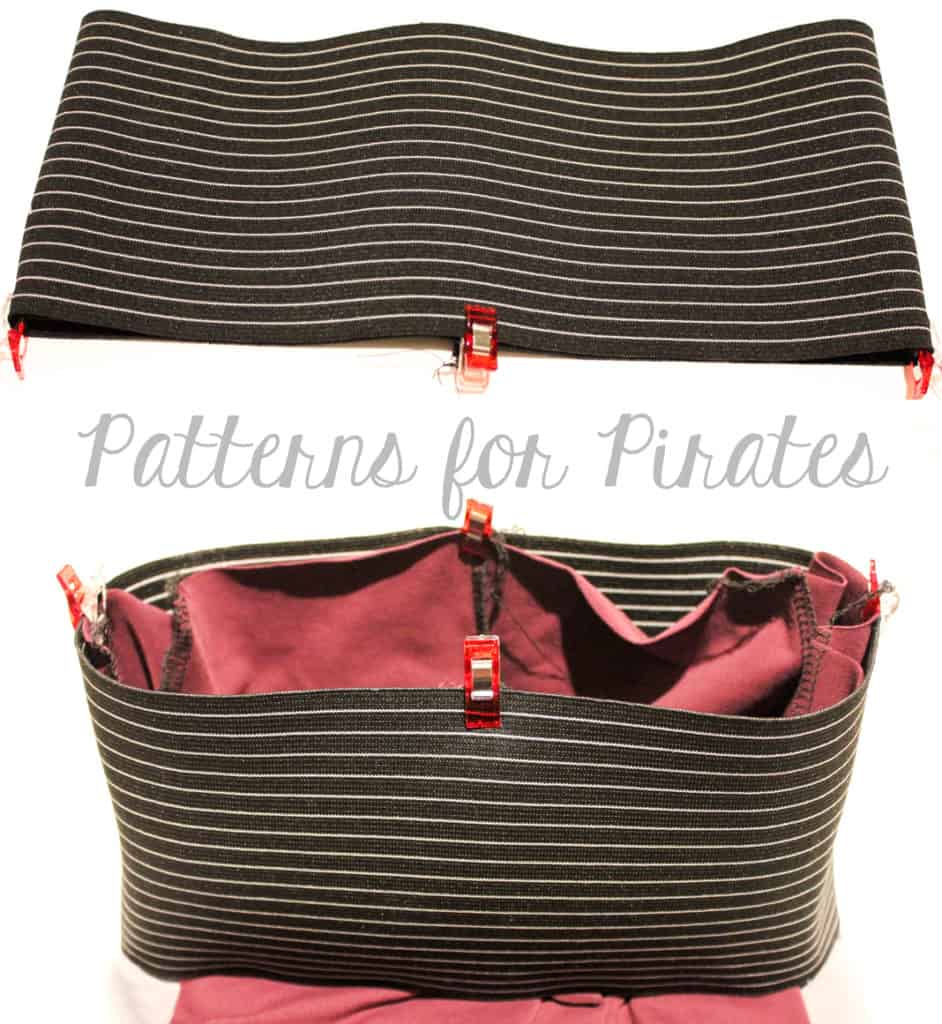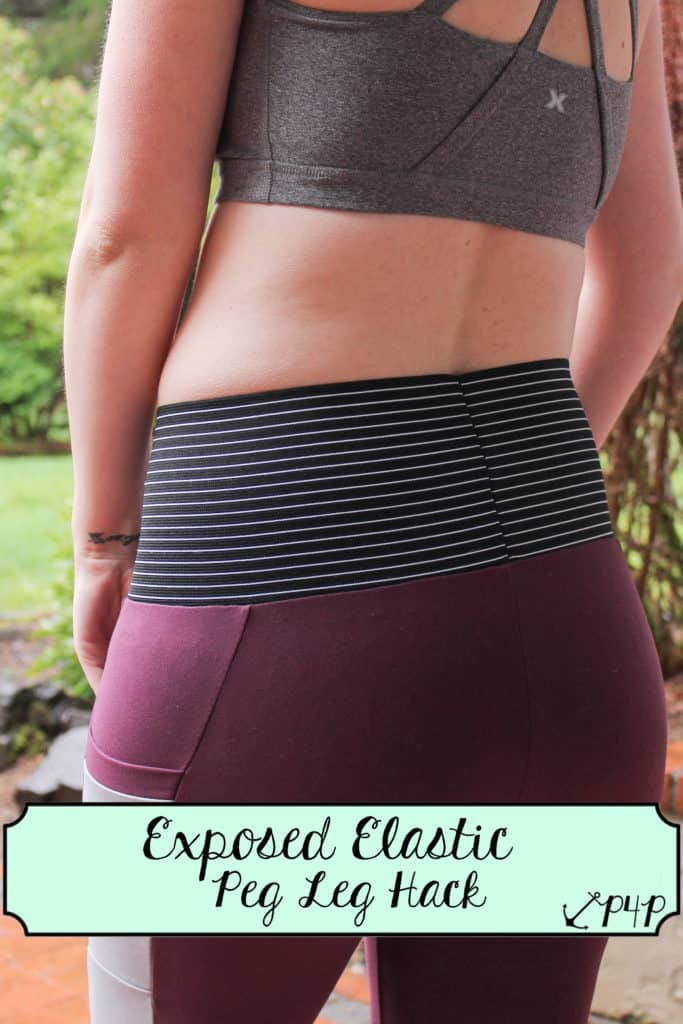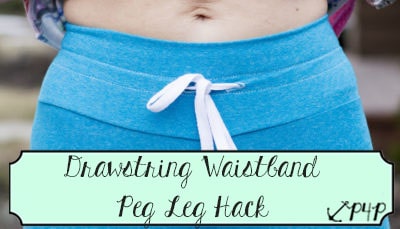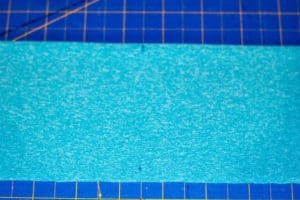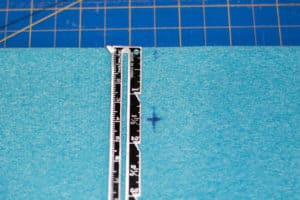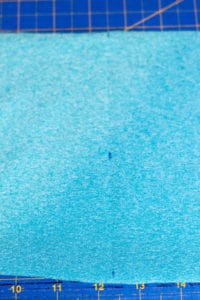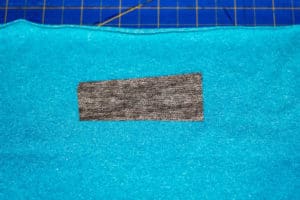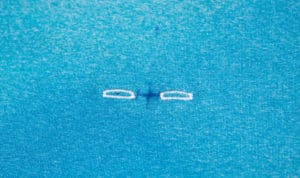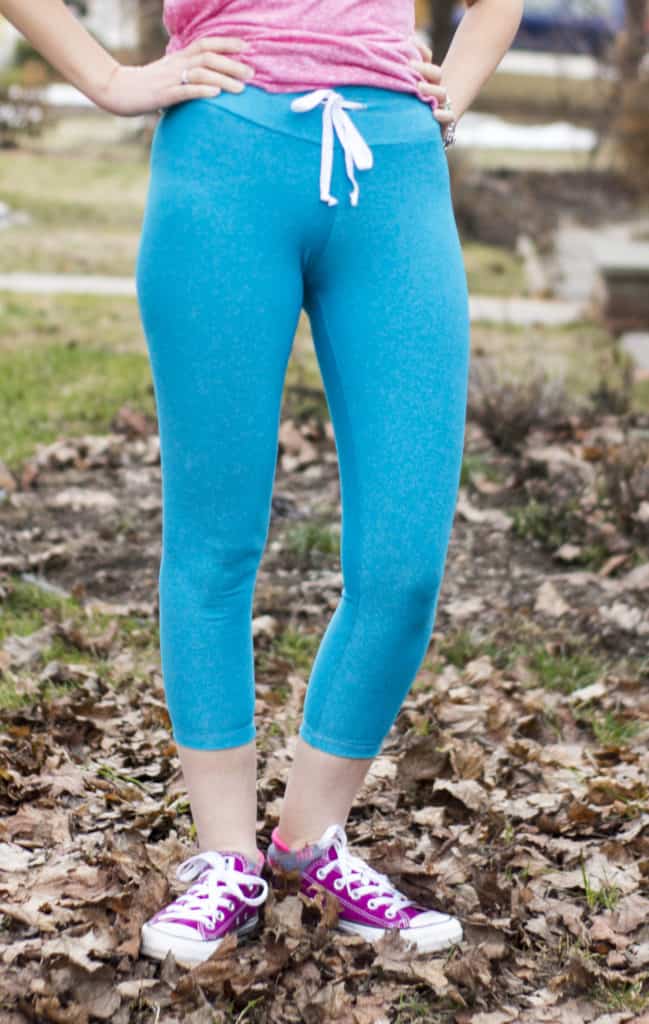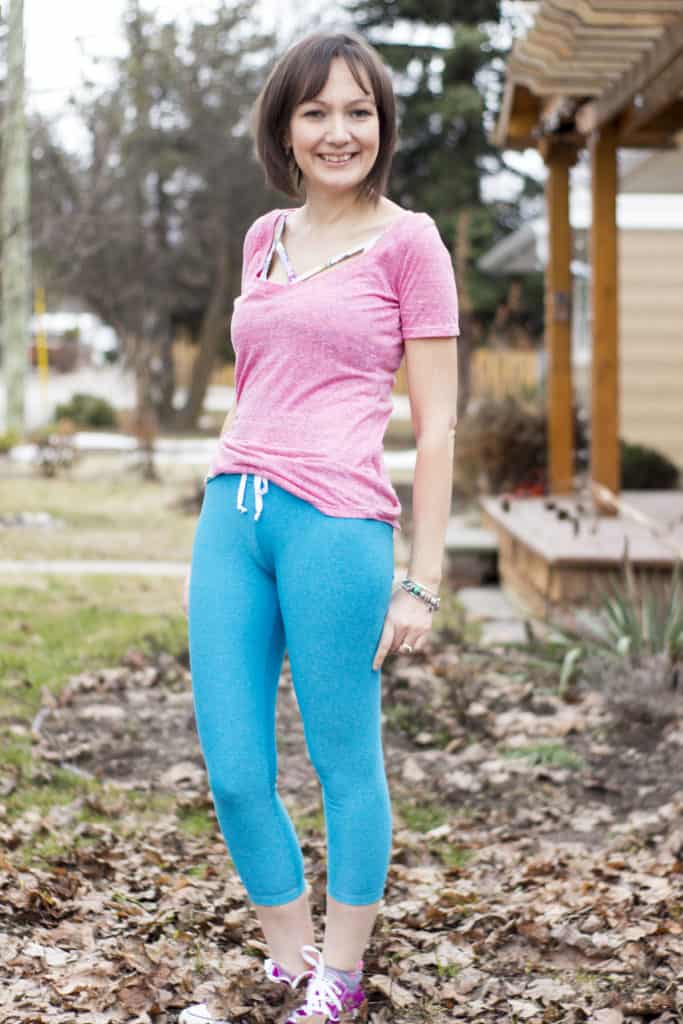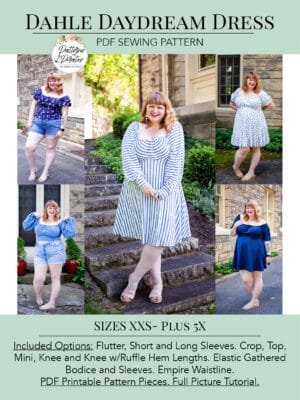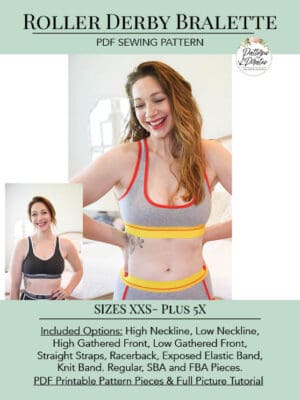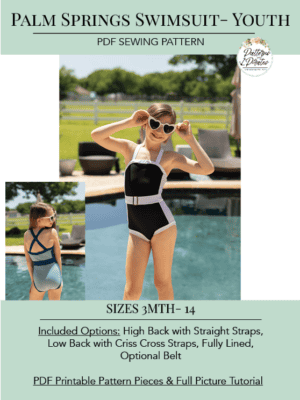Welcome to day 2 of our Brunch and Bitty Brunch sew along. Today we will be choosing the fabric, cutting it and gathering all necessary notions and accessories. You should have your pattern pieces ready from yesterday.
But first let’s talk a little about the right fabric for this pattern. As you can see in the video below I am using a gorgeous woven from Backstitch Fabrics for my Brunch Blouse. This woven is custom printed and the perfect weight. For the women’s blouse I absolutely love rayon fabric and chiffons. I highly encourage you to avoid quilter cottons because they do not have the necessary drape to make the top or dress flattering….and we all want that, am I right? You can get away with good quality quilter cotton for the Bitty Brunch though.
Backstitch SoFlo is this sew along’s sponsor too, so one of you will be getting a $50 Gift Card to the shop shop so you can treat your to some gorgeous custom printed woven fabric. Our second winner will receive a $25 gift card to Backstitch SoFlo too.
If you picked the henley style option you will also need buttons or snaps. My recommendation for buttons or snaps is smaller size ones. The placket finished width is aprox 1/2 inch so your buttons must be smaller than this.
The Day 2 video is posted below. Check it out and once you are done cutting your fabric post a picture of your prepped fabric in the comments of the Day 2 photo of the Brunch Blouse/Bitty Brunch Blouse SAL album in the M4M & P4P Sew Along group.
Brunch Blouse|Bitty Brunch Blouse SAL day 1 (print pattern)
Brunch Blouse|Bitty Brunch Blouse SAL day 2 (cut fabric)
Brunch Blouse|Bitty Brunch Blouse SAL day 3 (darts and placket)
Brunch Blouse|Bitty Brunch Blouse SAL day 4 (pocket/waist ties/back seam)
Brunch Blouse|Bitty Brunch Blouse SAL day 5 (shoulder/side seams)
Brunch Blouse|Bitty Brunch Blouse SAL day 6 (neckband)
Brunch Blouse|Bitty Brunch Blouse SAL day 7 (finish sleeves/hem)
Brunch Blouse|Bitty Brunch Blouse SAL day 8 (winners announcement)
